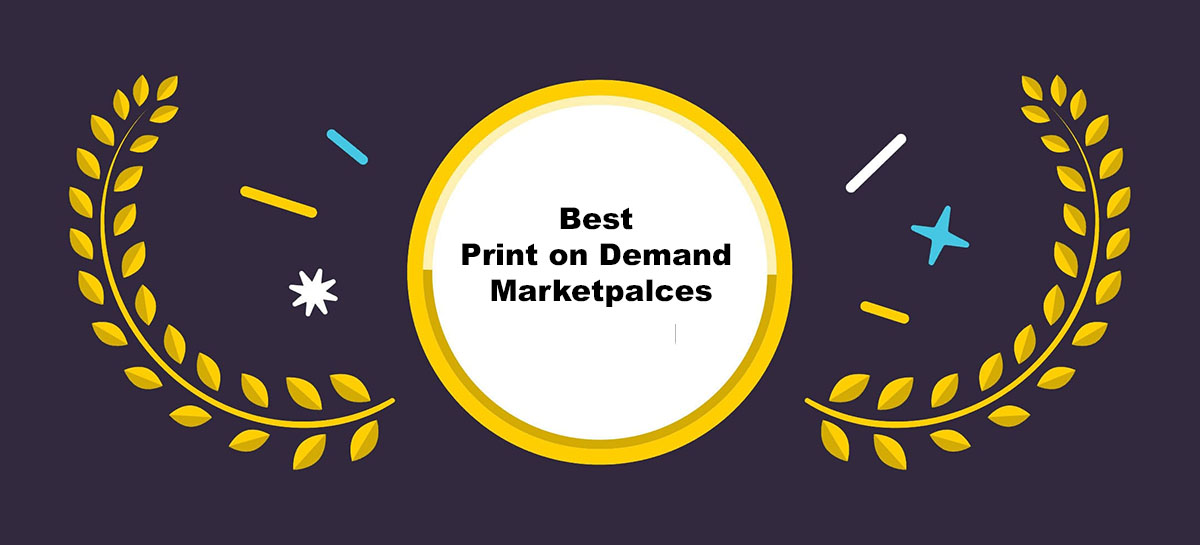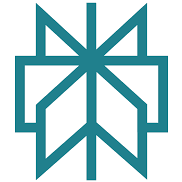Print on demand has revolutionized how entrepreneurs and creatives bring their ideas to life, eliminating the headaches of inventory management and fulfillment. It’s now easier than ever to make and sell merch with minimal upfront costs.
I’ve noticed many new sellers, like myself, looking for ways to enter this space without the hassle of creating their own online website for 3rd party merchandise sales.
In this post, I’ll share 10 marketplaces where you can start selling print on demand products immediately.
These platforms offer a simple entry point for anyone who wants to focus on designing rather than getting bogged down with the technicalities of running an online store.
I’ll walk you through the key features of each marketplace to help you find the right one for your print on demand journey.
Why Online Marketplaces Are Perfect for Print on Demand Sellers
Online marketplaces offer several benefits for print on demand entrepreneurs like me. They simplify the process so I can focus on what matters: creating great products and growing my business.
Easy Setup
I can create digital stores without coding or technical expertise. In just a few clicks, I can upload my designs and start selling on a 3rd party merchandise sales online website.
Built-In Traffic
Millions of people browse these platforms daily. My products are exposed to an audience without the need for extra marketing. By optimizing my listings, I get better visibility and more sales.
Logistics Handled
Marketplaces partner with print on demand providers to manage production and shipping. This means I don’t need to worry about inventory, fulfillment, or delivery. I can focus solely on making and selling merch that appeals to my target audience.
Trend Data
These platforms help me stay on top of what’s popular. By browsing top-selling items, I can create designs that resonate with buyers and capitalize on emerging trends.
By using these benefits, I’ve found that I can build a print on demand business with less risk and upfront cost than traditional ecommerce models.
If you’re looking for a way to make and sell merch while leveraging the advantages of a 3rd party merchandise sales online website, these marketplaces are a great place to start.
10 Marketplaces to Sell Print on Demand Without a Website
1. Etsy
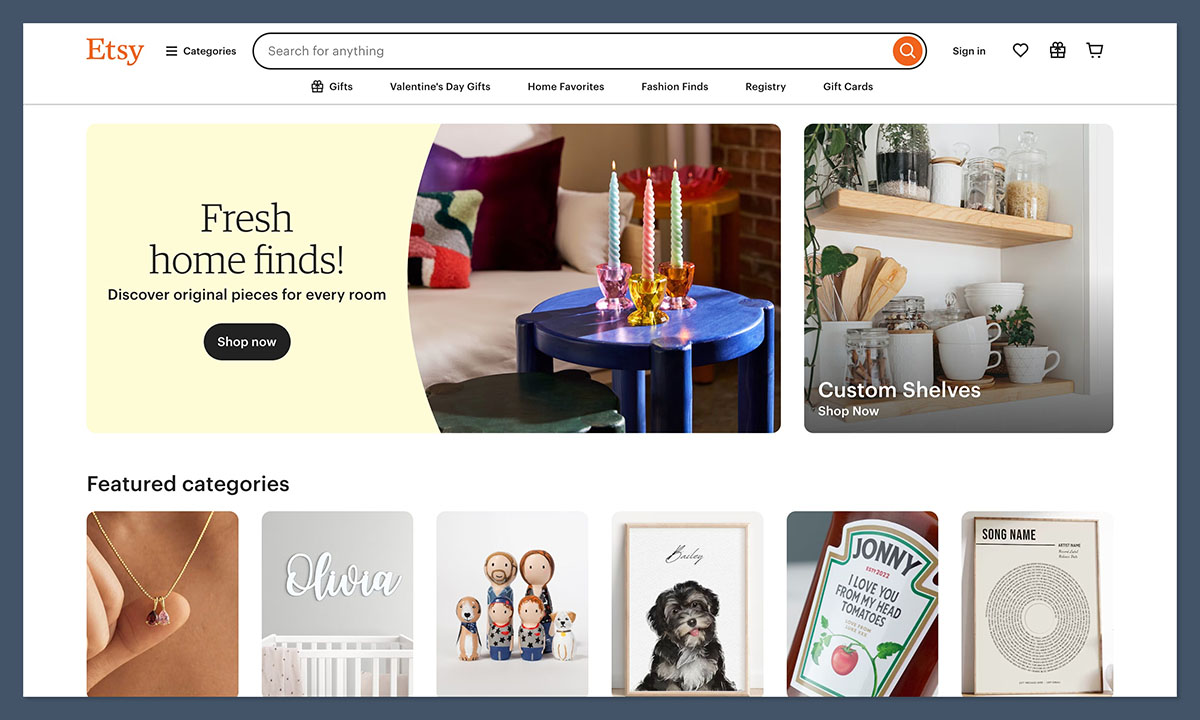
I found Etsy to be a great marketplace for selling unique print on demand products. With almost 97 million active buyers, it’s a hub for creative entrepreneurs.
To get started, I just set up a digital store, uploaded some product mockups, and wrote simple, clear descriptions.
Etsy charges $0.20 per listing and takes 6.5% of each sale as a transaction fee. That’s higher than some platforms, but the exposure is solid.
Pros:
- Massive customer base looking for unique items
- Simple to use
- Connects easily with top POD providers like Printful and Printify
Cons:
- Fees add up
- You’re still in charge of fulfillment and customer service
Etsy’s perfect if you’ve got original designs and want to tap into people actively searching for handcrafted or custom gear.
But don’t just stop there. Relying only on Etsy means you’re building on someone else’s land. If Etsy ever changes the rules, your whole shop’s at risk.
That’s why I also recommend setting up your own Shopify store. It gives you full control, no listing limits, and it looks way more professional. Plus, you can run email marketing, build a customer list, and plug into loads of print-on-demand tools too.
Use Etsy for traffic, but send that traffic to your store.
That’s how you build something that lasts.
2. Amazon Merch on Demand
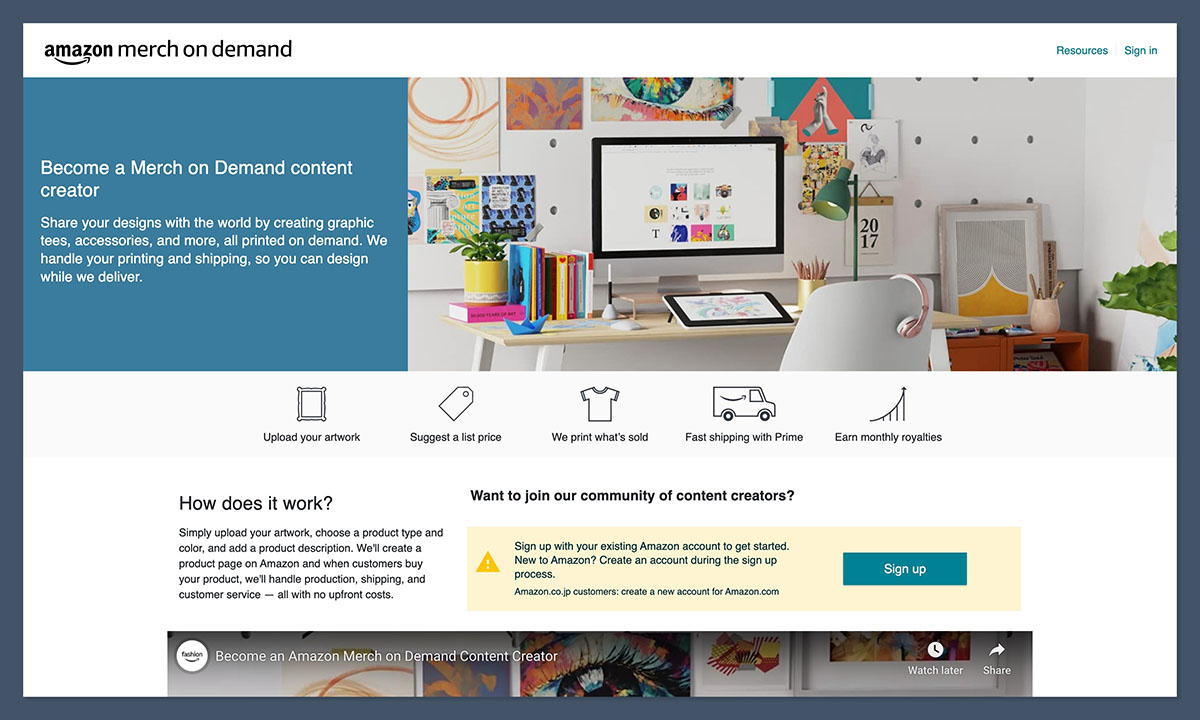
Amazon’s print on demand service, Merch by Amazon, is a hands off approach for designers. I can upload my artwork, choose products and Amazon will handle production and shipping.
Best of all it’s free to use – no listing or transaction fees. I earn royalties on each sale, rates vary by product and price.
Pros:
- No upfront costs or fees
- Leverages Amazon’s massive customer base
- Automated production and fulfillment
Cons:
- Limited control over pricing and listings
- Approval process can be long
This is good for designers and artists looking for a low risk entry into print on demand sales.
3. Redbubble
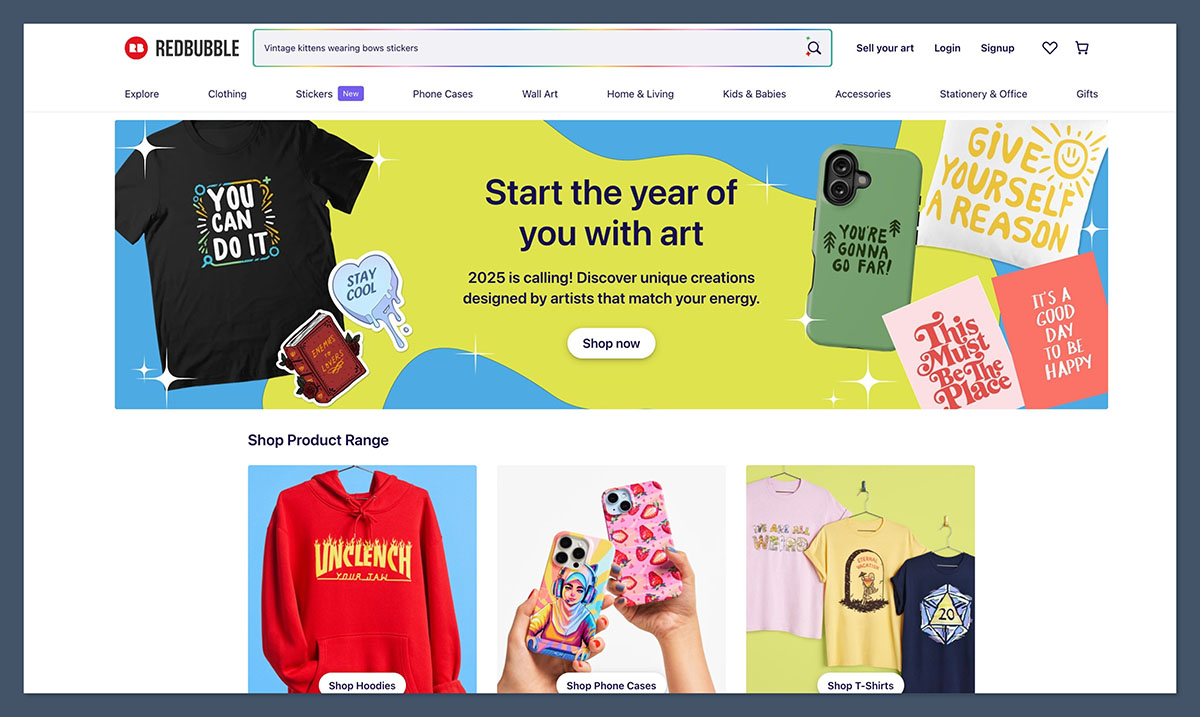
Redbubble is a global marketplace where I can sell my designs on over 70 products. It’s free to sign up and start selling. When a customer orders Redbubble will handle production and shipping.
The platform has tiered accounts:
- Standard: Monthly fee based on earnings
- Premium and Pro: Fee exemptions available
Pros:
- Many products to customize
- Handles all order fulfillment
- Global customer base
Cons:
- Limited control over pricing
- Design theft possible
TeePublic is a good starting point for graphic designers and artists new to print on demand.
4. TeePublic
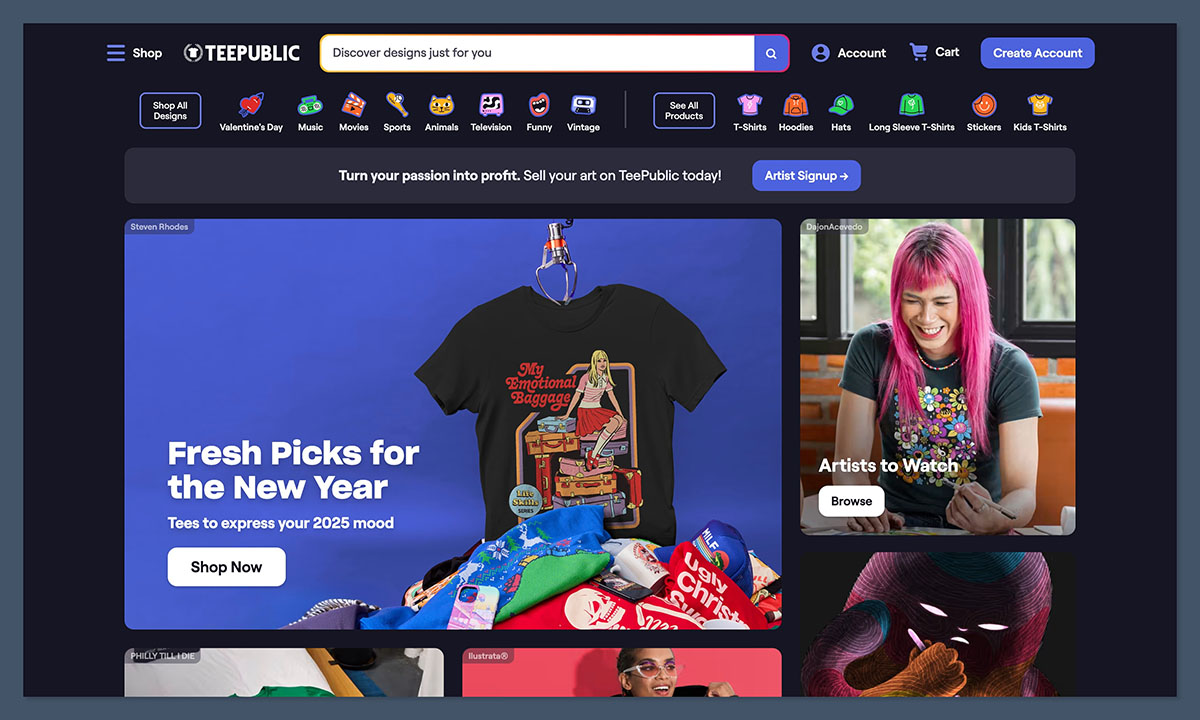
TeePublic is focused on apparel and accessories, they have over 75 products to choose from. I found their print quality to be great. It’s free to use and I earn 18-22% of each sale.
I simply upload my designs and customize them for different products. TeePublic will handle production and shipping once an order is placed.
Pros:
- Great printing
- Easy design tools
- No upfront costs
Cons:
- Limited control over pricing
- Smaller customer base than some competitors
TeePublic is good for artists and small businesses focused on selling high quality apparel and accessories.
5. Zazzle
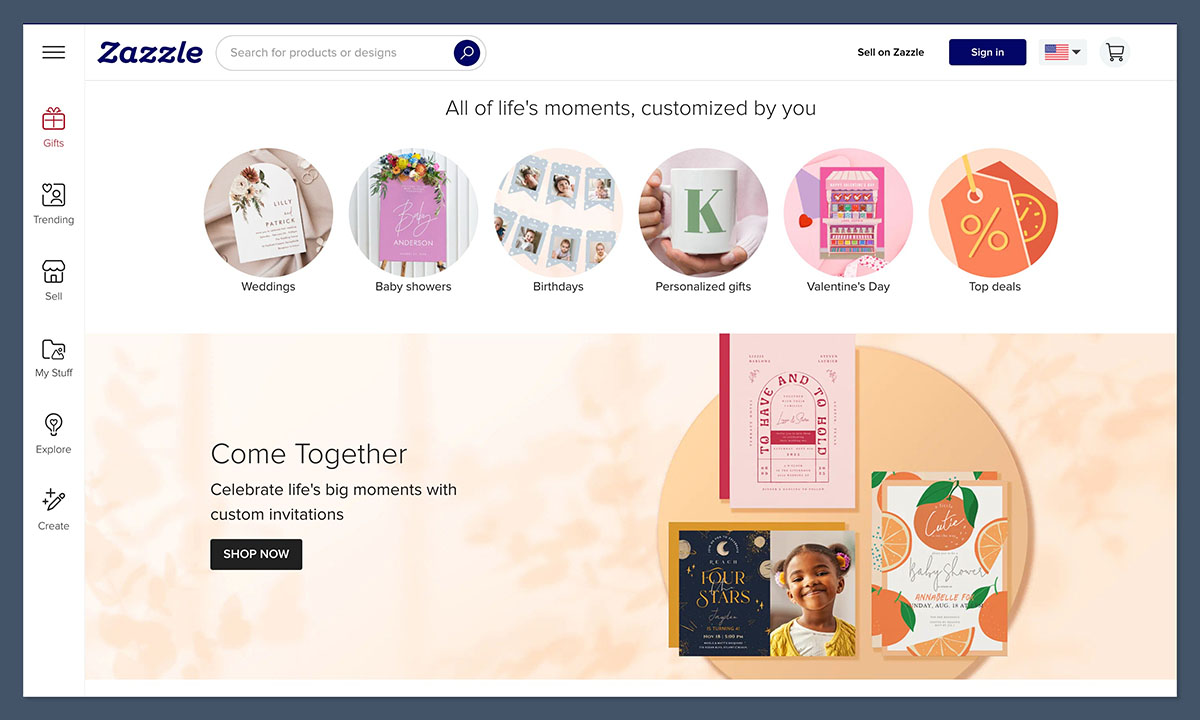
Zazzle is great for customization. Customers can add text, dates and photos to products. It’s free to set up a store and list products but Zazzle takes 30% of each sale.
I can create designs, set prices and promote my products. Zazzle will handle fulfillment and pay me every two weeks for completed orders.
Pros:
- Many customization options
- Many product types
- Regular payouts
Cons:
- Higher fees than some competitors
- Steeper learning curve
Zazzle is good for experienced print on demand sellers who want to offer highly customizable products.
6. Spreadshirt
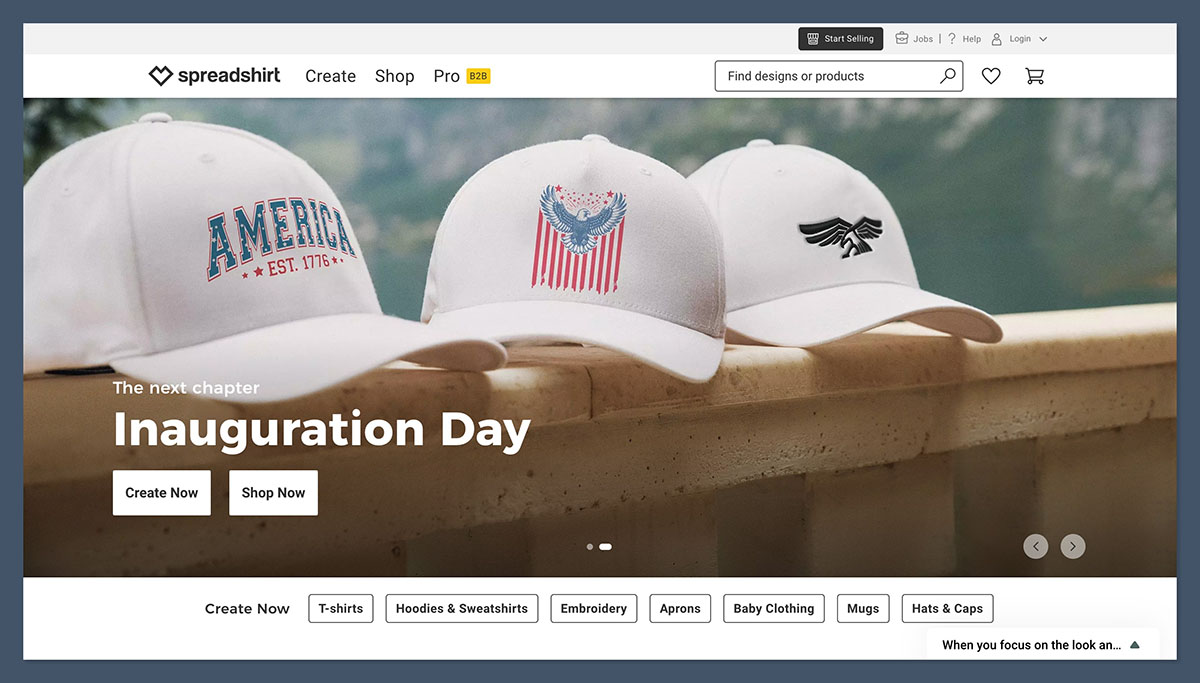
I found Spreadshirt to be a fantastic platform for selling custom apparel and accessories.
It offers two options: selling on their marketplace or setting up your own storefront, which provides flexibility depending on your goals.
To get started, I created an account, uploaded my designs, and set my prices. Spreadshirt took care of the rest, including production, shipping, and customer service, making it a hassle-free experience.
Spreadshirt doesn’t charge upfront fees; instead, I earned a commission on each sale based on their pricing structure.
While the profit margins weren’t always the highest, its global audience made it worthwhile.
Pros:
- Global customer base with support for multiple languages
- Option to run your own store or sell in their marketplace
- Spreadshirt manages fulfillment and customer service
Cons:
- Limited product range compared to other platforms
- Lower profit margins due to production costs
I recommend Spreadshirt for anyone looking to sell custom apparel with minimal effort and reach an international audience.
7. T-Pop
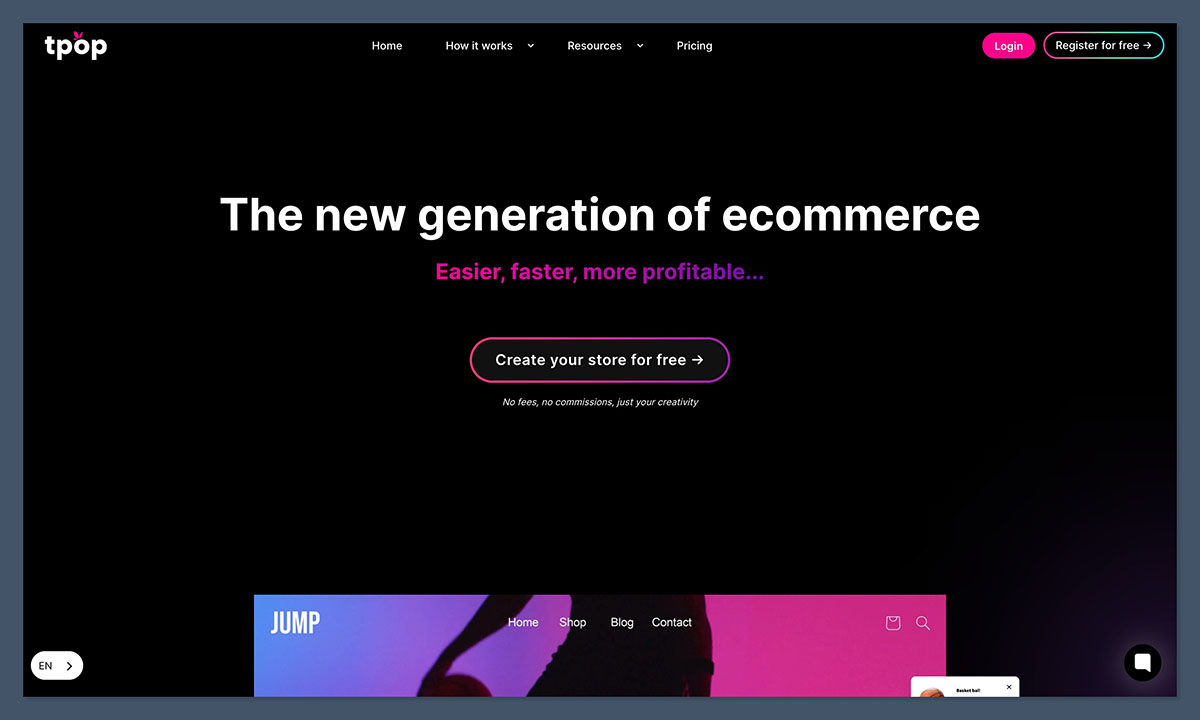
I loved using T-Pop for its eco-friendly and sustainable approach to print on demand. As a European-based platform, it felt like the perfect fit for aligning my business with green values.
Starting on T-Pop was simple. I uploaded my designs, selected my products, and set my prices. They handled everything else, from production to shipping, which gave me peace of mind.
T-Pop’s pricing structure meant I kept the difference between my selling price and the production cost. While its audience was smaller than some other platforms, its focus on sustainability helped me stand out.
Pros:
- Environmentally friendly production methods
- Attracts conscious buyers
- Easy to use with a straightforward interface
Cons:
- Smaller product selection compared to competitors
- Limited audience outside Europe
If you value sustainability and want your business to reflect those principles, T-Pop is a great choice.
8. Teespring (Spring)
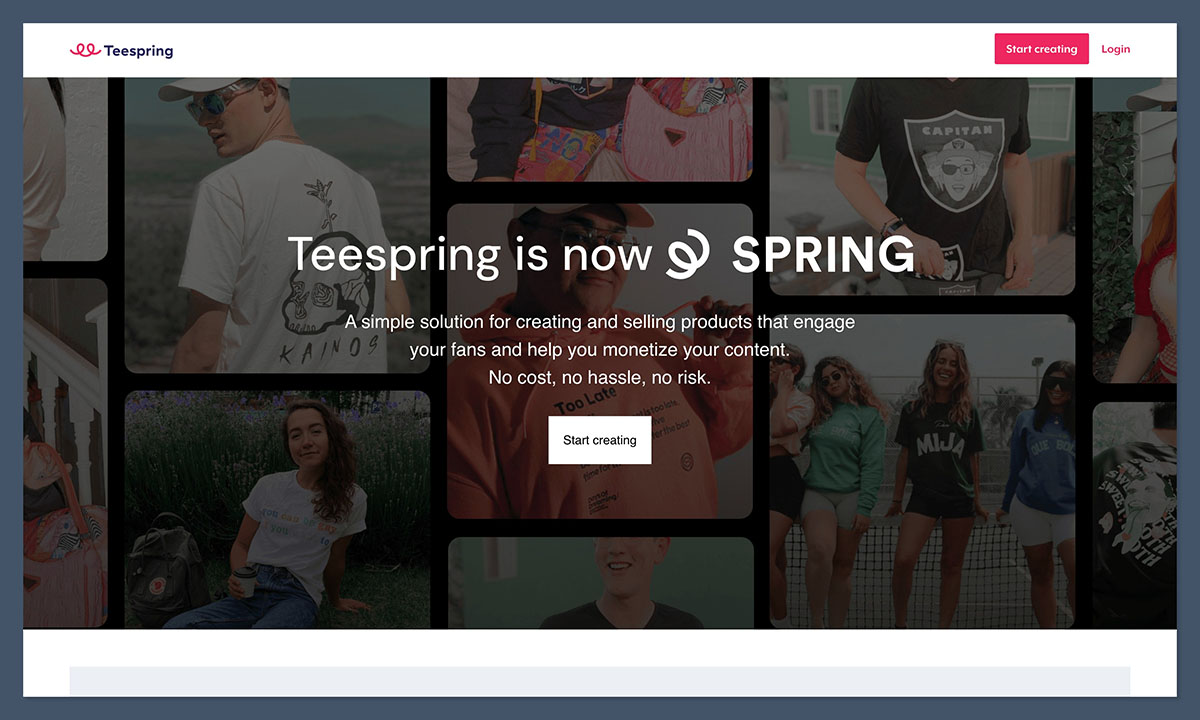
Teespring was one of the easiest platforms I used for selling print on demand products. It’s particularly great for creators like me who already have an audience on social media.
To get started, I designed my products, uploaded them, and set my prices. Teespring’s tools made it easy to promote my products on social media, and they handled production, shipping, and customer support.
The best part? There were no upfront costs. Teespring took a percentage of each sale, which was fair given how effortless they made the process. However, its product range was somewhat limited.
Pros:
- Free to start with no upfront costs
- Integrated tools for promoting to social media audiences
- Teespring manages all fulfillment and logistics
Cons:
- Limited product catalog
- Relies on your ability to drive traffic
I’d recommend Teespring to creators with an active audience who want a simple, efficient way to sell their designs.
9. CafePress
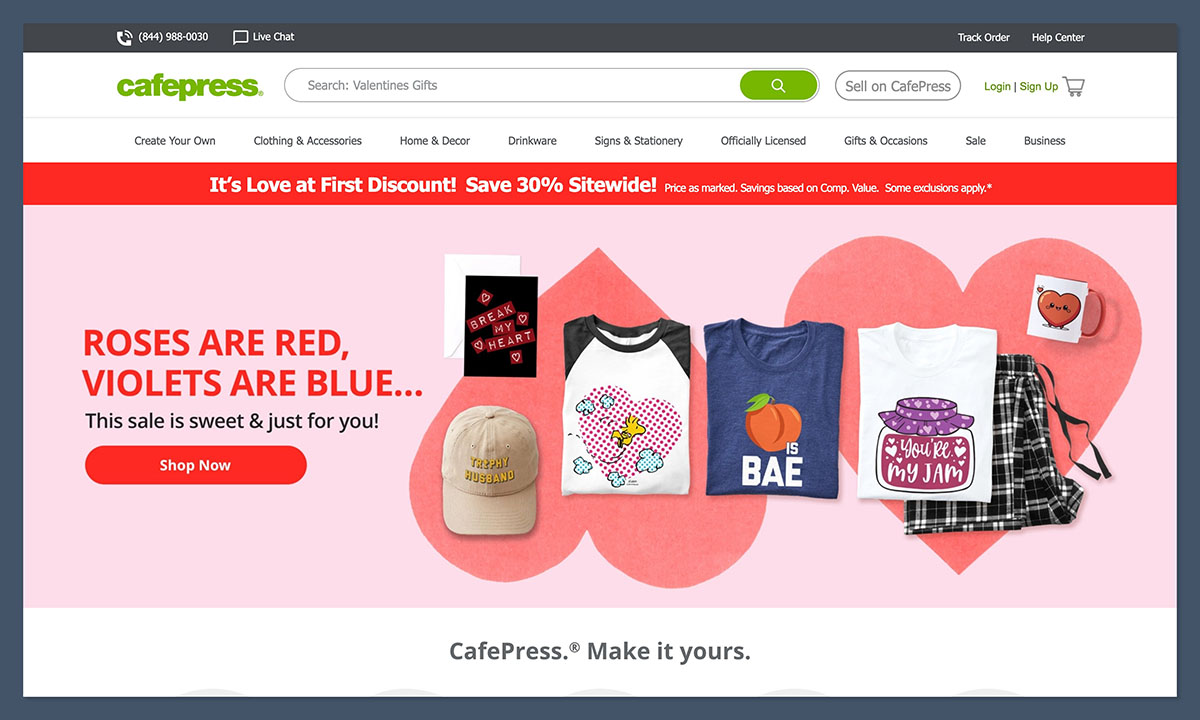
CafePress turned out to be a reliable platform for selling personalized and novelty items. It’s perfect for quirky, fun designs aimed at a gift-buying audience.
Getting started was straightforward. I uploaded my designs, chose the products I wanted to sell, and set my prices. CafePress took care of everything else, from production to shipping.
The platform charges a base fee for products, and I earned royalties on each sale. While the platform’s design felt a bit outdated, its broad product catalog made it a good fit for creative sellers.
Pros:
- Established platform with a loyal customer base
- Wide range of customizable products
- Easy to set up and start selling
Cons:
- Outdated interface can feel clunky
- Lower profit margins compared to other marketplaces
For anyone focusing on personalized, novelty designs, CafePress is a solid option worth considering.
10. Fine Art America
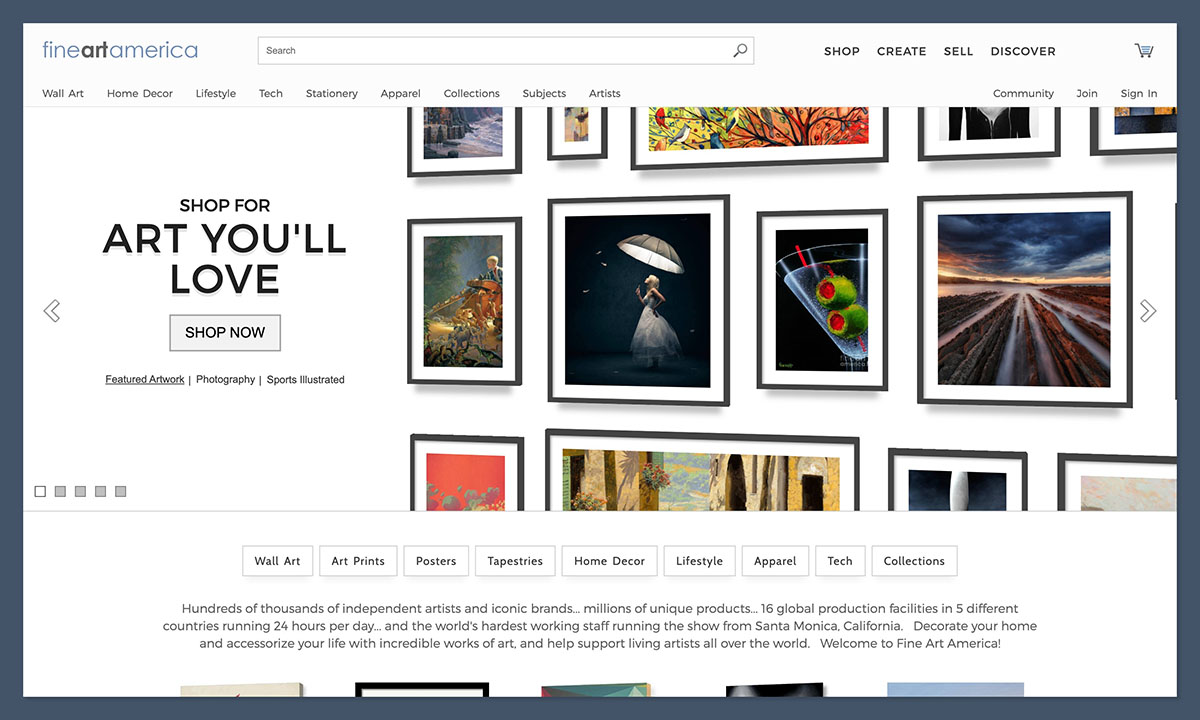
Fine Art America became my go-to platform for selling premium prints and high-quality artwork. It’s tailored for artists like me who want to showcase and sell to a niche audience.
To start, I uploaded my artwork, chose the print formats I wanted to offer, and set my pricing. Fine Art America handled the production and fulfillment, letting me focus on my creativity.
While they charge an annual membership fee for premium accounts, I found it worth it because of the audience’s willingness to pay for quality.
The platform also let me create a personalized storefront for added branding.
Pros:
- Perfect for premium prints, canvas art, and photography
- Ability to customize pricing and showcase work professionally
- Niche audience focused on art and photography
Cons:
- Higher fees compared to most marketplaces
- Smaller audience compared to general POD platforms
If you’re an artist or photographer looking to sell high-quality work, Fine Art America is an excellent choice for reaching a discerning audience.
Each of these platforms has its own advantages for print on demand sellers. I choose based on my needs, target audience and products.
By selling on multiple platforms I can reach more customers and make more sales.
FAQs: Making Money with Print on Demand on Popular Marketplaces
Which marketplace makes the most money?
I’ve found that Etsy, Redbubble and Amazon Merch can all be profitable but it depends on your niche, designs and marketing. Each platform has its own strengths and audience.
Are there free options for print on demand selling?
Yes, several marketplaces allow you to list products for free. Merch by Amazon, Redbubble, Teepublic, and Zazzle are good options. They handle production and shipping and only take a cut when you make a sale.
Can I use Printify without my own website?
Yes. Printify has a Pop-Up store feature right on their platform. You can showcase and sell your designs without needing a separate online store or website.
What about shipping and pricing?
Most marketplaces handle shipping for you but costs vary.
I recommend factoring in base cost, shipping fee and your desired profit margin when pricing your products. Make sure to research competitive pricing in your niche.
How’s the print quality?
In my experience print quality is good across most marketplaces but can vary by product. I recommend ordering samples to check quality before selling.
Do they ship globally?
Many do. Amazon, Redbubble and others ship worldwide. This opens up more customers to you but be aware of longer shipping times for international orders.
What about customer service?
The marketplace handles customer inquiries and returns. This saves you time but also means less control over the customer experience.
